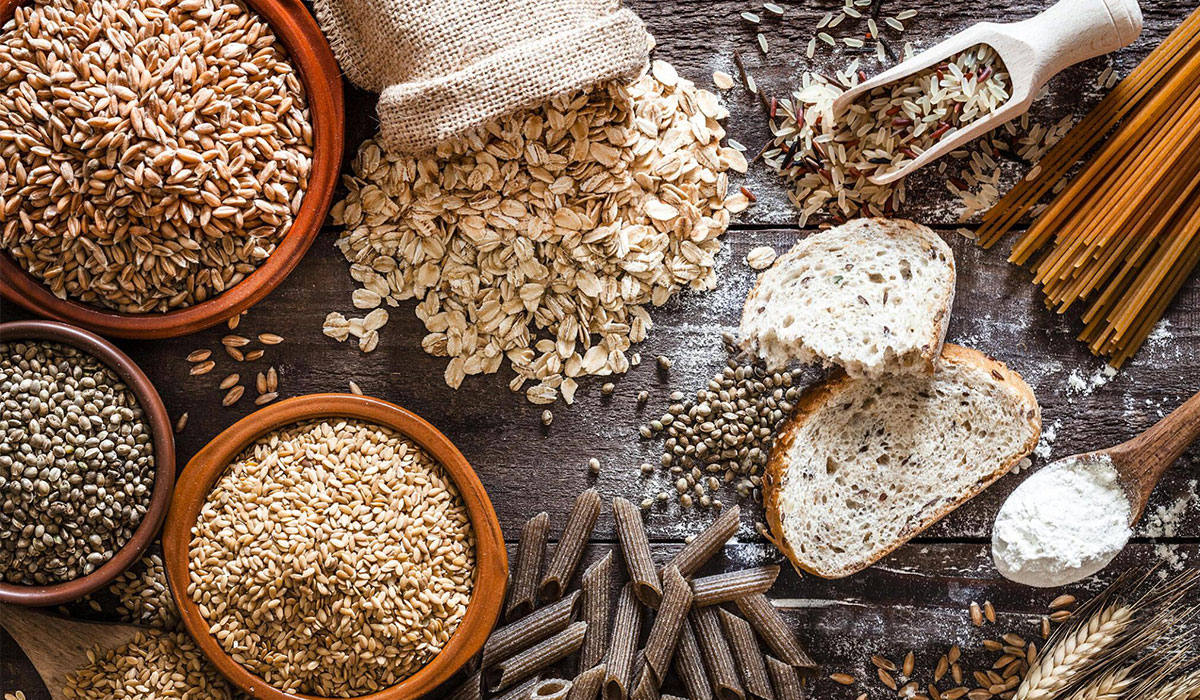Welcome to the Beginner’s Guide to the Gluten-Free Diet! If you’re new to this lifestyle or considering going gluten-free, then this article is for you. In this guide, we will explore what exactly a gluten-free diet entails, who should follow it, and the benefits of adopting this lifestyle. We will also provide you with a helpful meal plan, snack ideas, and dessert recipes to make your gluten-free journey easier and tastier. So, let’s dive in and learn all about the gluten-free diet together!
What is a Gluten-Free Diet?
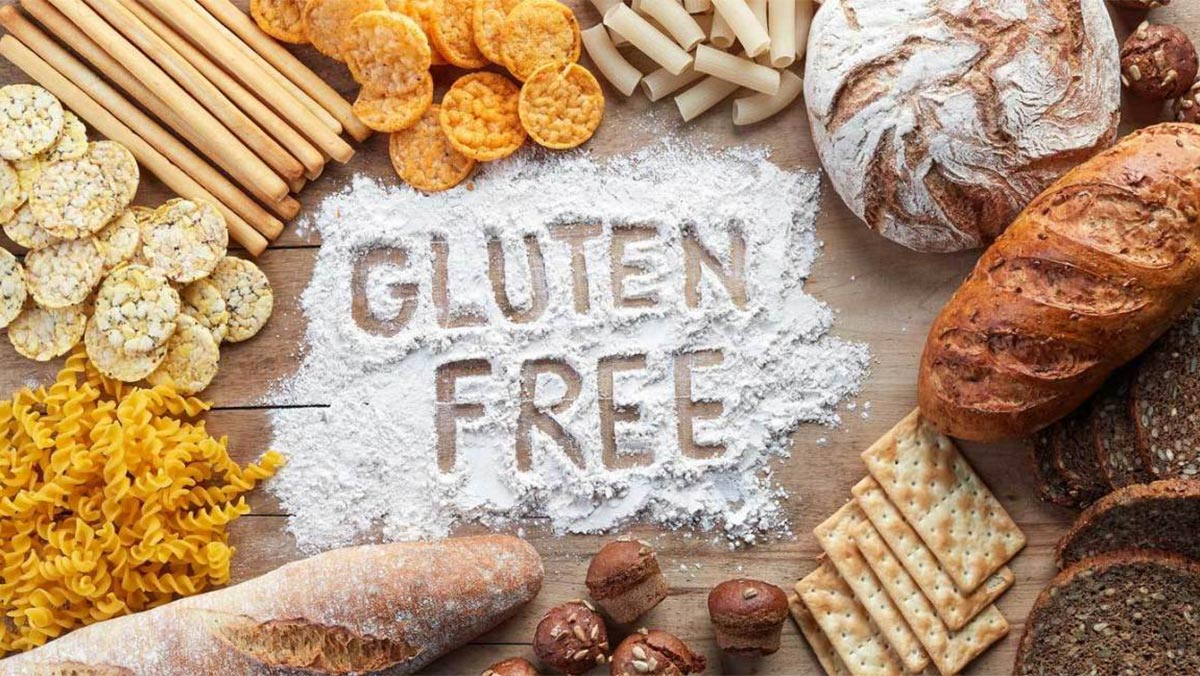
A gluten-free diet is a way of eating that eliminates the protein called gluten, which is found in grains such as wheat, barley, and rye. By eliminating gluten, individuals with gluten sensitivity or celiac disease can manage their symptoms and improve their overall health. Following a gluten-free diet means avoiding foods and products that contain gluten, such as bread, pasta, cookies, and certain sauces. Instead, people on a gluten-free diet can enjoy a variety of gluten-free grains, fruits, vegetables, lean proteins, and dairy products.
What is Gluten-Free Diet

Gluten is a protein that is naturally found in grains such as wheat, barley, and rye. It gives dough its elasticity and helps it rise. However, for individuals with gluten sensitivity or celiac disease, gluten can trigger an immune response and damage the lining of the small intestine. This can lead to digestive issues, nutrient deficiencies, and other health problems. By following a gluten-free diet, you can avoid these complications and improve your overall well-being.
Who should follow a Gluten-Free Diet
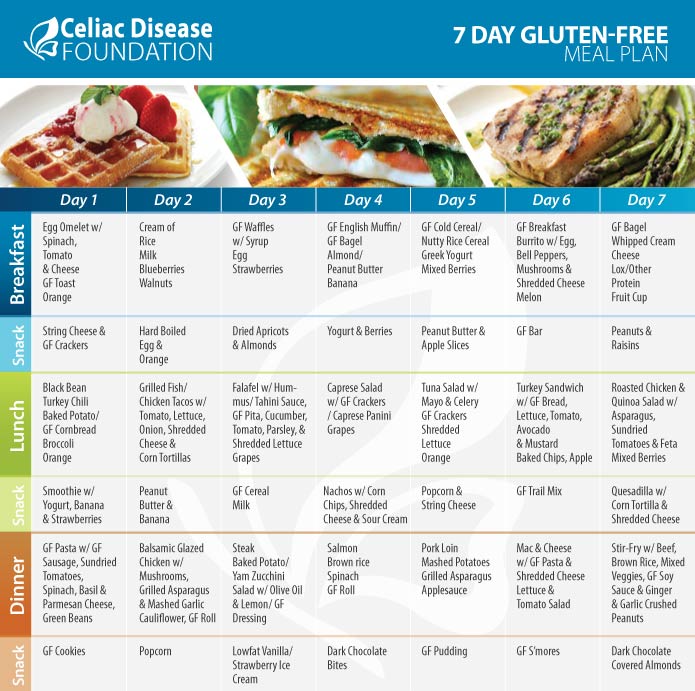
If you have been diagnosed with celiac disease, non-celiac gluten sensitivity, or wheat allergy, you should follow a gluten-free diet. Celiac disease is an autoimmune disorder that causes a severe reaction to gluten. Symptoms include bloating, diarrhea, fatigue, and nutrient deficiencies. Non-celiac gluten sensitivity can cause similar symptoms without the autoimmune response. A wheat allergy can also trigger allergic reactions. If you experience any of these conditions, it is crucial to eliminate gluten from your diet to avoid complications and improve your health.
Benefits of a Gluten-Free Diet
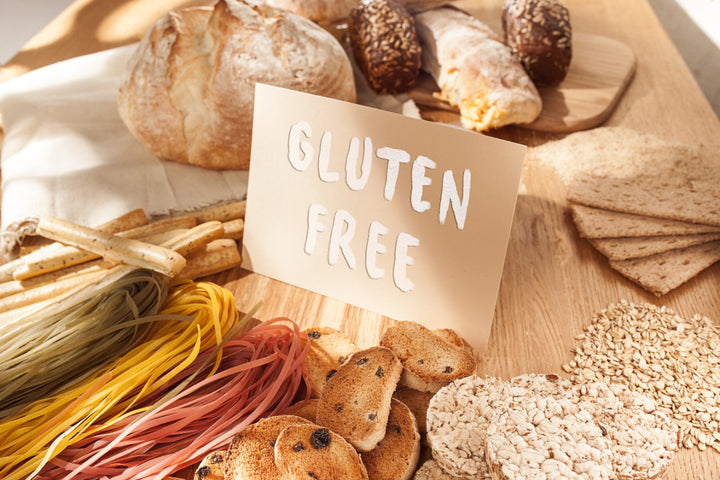
Following a gluten-free diet can offer several benefits for your health. By eliminating gluten, you may experience improved digestion, as gluten can cause digestive issues for those with celiac disease or non-celiac gluten sensitivity. Additionally, going gluten-free can help increase your energy levels, as consuming gluten can make some individuals feel sluggish. By following a gluten-free diet, you can avoid these symptoms and experience improved overall well-being.
Improved Digestion

By following a gluten-free diet, you can experience improved digestion. Gluten can cause digestive issues for those with celiac disease or non-celiac gluten sensitivity. Eliminating gluten from your diet can help alleviate symptoms such as bloating, abdominal pain, and diarrhea. It allows your gut to heal and function properly. With improved digestion, you will feel more comfortable after meals and have better nutrient absorption. Say goodbye to discomfort and hello to a healthier gut by embracing a gluten-free diet.
Increased Energy Levels

By following a gluten-free diet, you can experience increased energy levels. Gluten intolerance can lead to fatigue and sluggishness due to the body’s inability to properly absorb nutrients. Removing gluten from your diet allows your digestive system to function optimally, enhancing nutrient absorption and energy production. With improved energy levels, you’ll feel more alert, focused, and have the stamina to complete daily tasks. Say goodbye to feeling drained and hello to a revitalized and energetic you by embracing a gluten-free lifestyle.
Foods to Avoid on a Gluten-Free Diet

On a gluten-free diet, there are certain foods that you should avoid. These include wheat-based products such as bread, pasta, and cereals. Barley and rye should also be eliminated from your diet. Additionally, you should be cautious of processed foods that may contain hidden sources of gluten, such as sauces, dressings, and soups. It’s important to carefully read food labels and look for gluten-free certifications. By avoiding these foods, you will be able to successfully adhere to a gluten-free lifestyle and enjoy improved digestion and energy levels.
Wheat-Based Products
:max_bytes(150000):strip_icc()/an-overview-of-the-gluten-free-diet-4691113-a-c8f29a81efe94e97a16bb6e5e611e408.jpg)
When following a gluten-free diet, it is crucial to avoid wheat-based products. This includes common items such as bread, pasta, and cereals. Wheat is a major source of gluten, so it is important to find alternatives that are gluten-free. Look for options made from rice, corn, quinoa, or gluten-free grains like millet or sorghum. There are many delicious gluten-free products available in stores, so you don’t have to feel deprived of your favorite foods. Always read labels and look for gluten-free certifications to ensure the products are safe to consume.
Barley and Rye
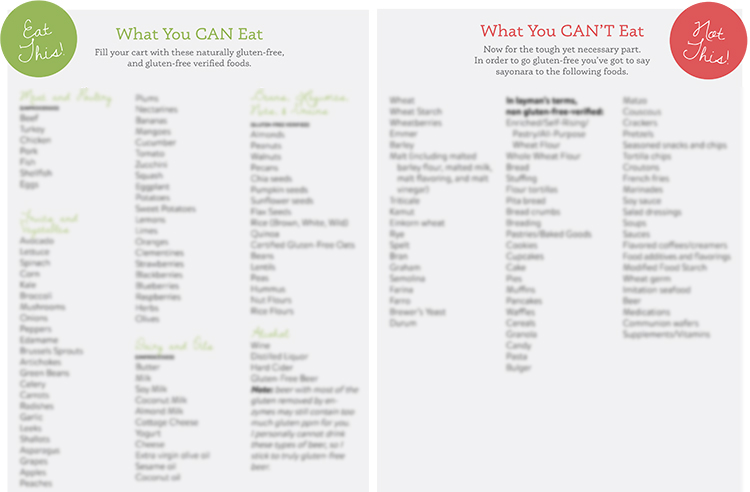
Barley and rye are two other grains that contain gluten and should be avoided on a gluten-free diet. Barley is commonly found in foods like beer, malt, and malt vinegar. Rye is often used in bread, crackers, and some types of whiskey. It’s important to carefully read labels and look for gluten-free alternatives when shopping for food or drinks. Fortunately, there are many gluten-free grains and flours available that can be used as substitutes, such as rice, quinoa, and almond flour.
Gluten-Free Meal Plan

When following a gluten-free diet, it’s important to plan your meals carefully to ensure you’re getting all the necessary nutrients. For breakfast, you can enjoy options like gluten-free oatmeal with fresh fruits or a vegetable omelet with gluten-free toast. For lunch and dinner, try dishes like grilled chicken or fish with quinoa and roasted vegetables, or a salad with mixed greens, avocado, and gluten-free dressing. Snack options include gluten-free crackers with hummus or fresh fruit with yogurt. Remember to read labels and choose gluten-free ingredients for your recipes.
Breakfast Options
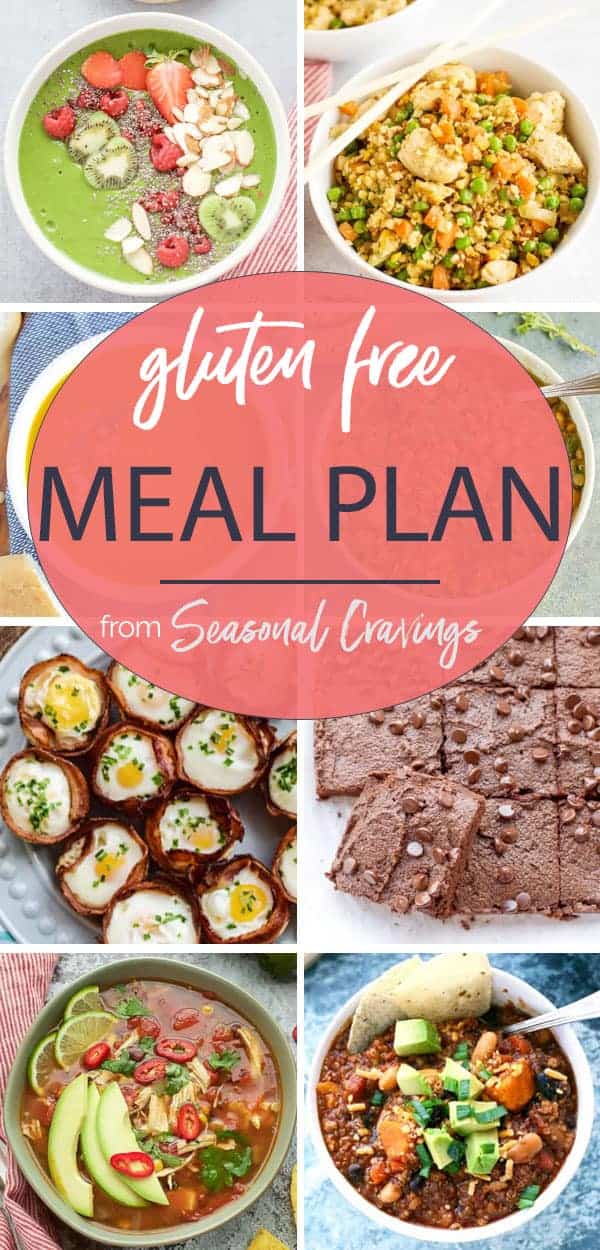
For a delicious and satisfying gluten-free breakfast, there are plenty of options to choose from. One option is to enjoy a bowl of gluten-free oatmeal topped with fresh fruits like berries or sliced banana. Another option is to make a vegetable omelet using gluten-free eggs and adding in your favorite veggies like spinach, bell peppers, and tomatoes. Pair it with a slice of gluten-free toast to complete the meal. These breakfast options will keep you full and energized throughout the morning while sticking to your gluten-free diet.
Lunch and Dinner Ideas

When it comes to lunch and dinner options on a gluten-free diet, there are plenty of delicious choices available. You can enjoy a hearty salad with mixed greens, grilled chicken, and a variety of gluten-free toppings like avocado and roasted vegetables. Another option is to make a quinoa stir-fry with your favorite vegetables and protein, such as tofu or shrimp. You can also try gluten-free pasta dishes with tomato sauce or pesto, or opt for a flavorful gluten-free pizza with a cauliflower crust. These meal ideas will keep your taste buds satisfied while sticking to your gluten-free diet.
Snack Ideas and Desserts

When it comes to snack ideas and desserts on a gluten-free diet, there are plenty of options to satisfy your cravings. You can enjoy a handful of nuts and seeds, or a serving of fresh fruit, such as apple slices with almond butter. For a sweet treat, try making gluten-free chocolate chip cookies using almond flour or coconut flour. You can also indulge in a bowl of gluten-free ice cream or sorbet for a refreshing dessert. Get creative and experiment with different gluten-free ingredients to create delicious snacks and desserts that won’t compromise your dietary needs.
Gluten-Free Snack Options

When it comes to gluten-free snack options, there are plenty of delicious and satisfying choices. You can enjoy a handful of nuts and seeds, like almonds, walnuts, or pumpkin seeds. Fresh fruit is another great option, such as sliced apples or a handful of berries. If you’re looking for something more filling, try gluten-free rice cakes with avocado or hummus. For a sweet treat, go for gluten-free granola bars, dark chocolate, or homemade gluten-free muffins. With these gluten-free snack options, you can keep your cravings at bay while sticking to your dietary needs.
Dessert Recipes
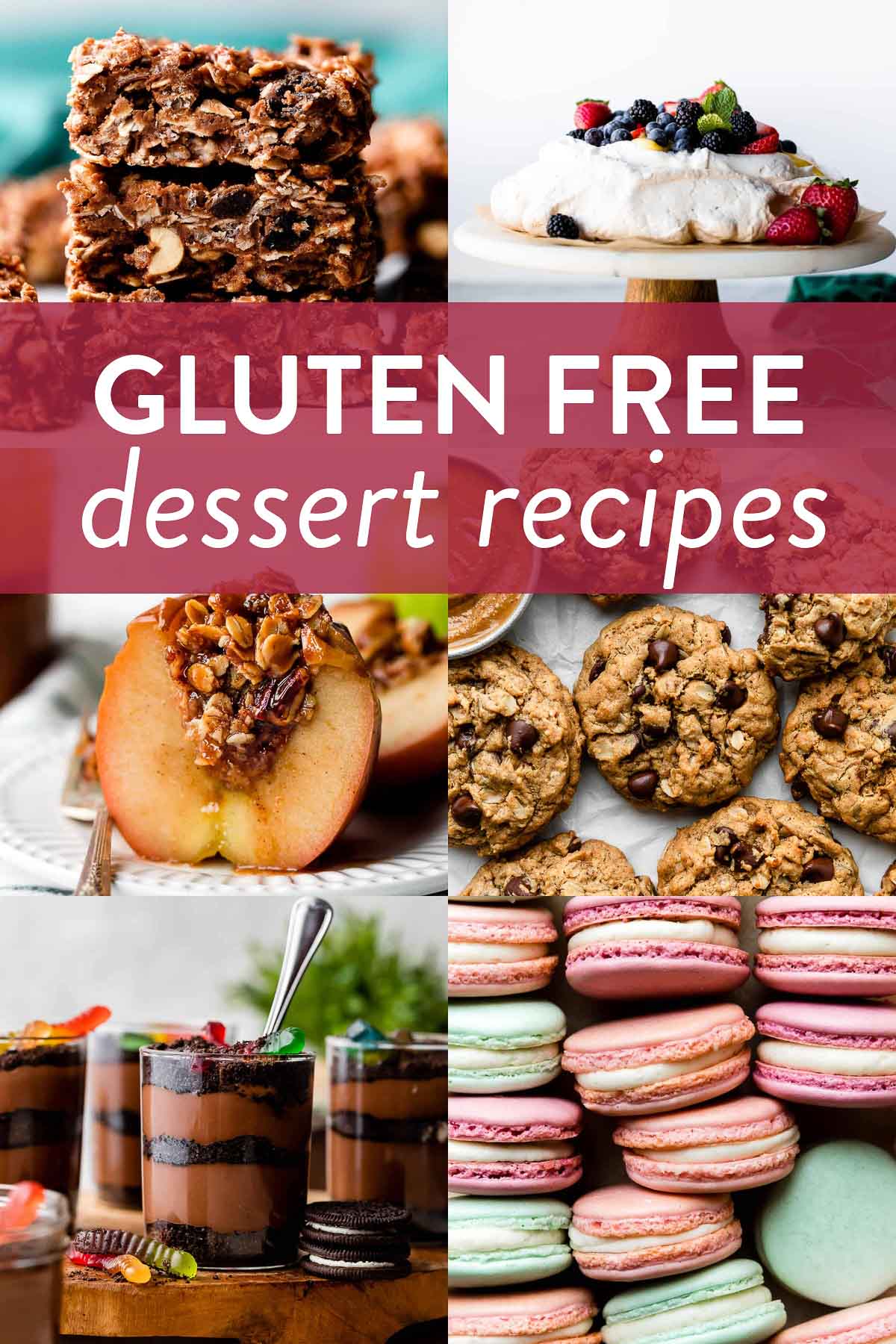
Indulging in delicious desserts doesn’t have to be off-limits on a gluten-free diet. Try these mouthwatering dessert recipes that are free from gluten but full of flavor. Craving a warm treat? Bake a batch of gluten-free chocolate chip cookies or a rich flourless chocolate cake. For a refreshing and creamy option, whip up a gluten-free strawberry cheesecake or a coconut milk-based ice cream. Don’t forget about the classics like gluten-free brownies or a fruity gluten-free crumble. These dessert recipes will satisfy your sweet tooth while keeping you on track with your gluten-free lifestyle.
Conclusion Gluten-Free Diet

In conclusion, following a gluten-free diet can have numerous benefits for those who have a sensitivity or intolerance to gluten. By eliminating gluten from your diet, you can improve digestion and experience increased energy levels. It’s important to be mindful of the foods to avoid, such as wheat-based products, barley, and rye. Planning your meals and snacks ahead of time can help you stay on track with your gluten-free lifestyle. Remember to consult with a healthcare professional or registered dietitian for personalized advice and guidance. Stay committed and enjoy the benefits of a gluten-free diet!
Tips for Success on a Gluten-Free Diet

When following a gluten-free diet, here are some tips to help you succeed:
- Read labels: Always check food labels for ingredients that may contain gluten, such as wheat, barley, and rye.
- Plan ahead: Prepare your meals and snacks in advance to ensure that you have gluten-free options available. This will prevent you from reaching for foods that may contain gluten.
- Explore gluten-free alternatives: There are many gluten-free versions of popular foods available, such as bread, pasta, and cereals. Experiment with different brands and recipes to find your favorites.
- Communicate your dietary needs: Inform restaurants, friends, and family members about your gluten-free diet. They can help accommodate your needs when planning meals or dining out.
- Stay informed: Keep up to date with the latest information on gluten-free products and recipes. Join support groups or follow reputable websites and social media accounts to stay informed.
By following these tips, you can successfully navigate a gluten-free diet and enjoy all the benefits it has to offer.
Frequently Asked Questions

- Can I still eat grains on a gluten-free diet?
Yes, there are plenty of gluten-free grains you can enjoy, such as rice, quinoa, corn, and oats (if labeled gluten-free). These grains can be used in various meals and recipes. - Are there gluten-free options when dining out?
Yes, many restaurants now offer gluten-free menu options or can accommodate dietary needs. It’s important to communicate your needs to the server and ask about gluten-free preparation methods. - Is a gluten-free diet suitable for everyone?
A gluten-free diet is necessary for people with celiac disease or gluten sensitivity. However, it may not be necessary for everyone. If you suspect gluten intolerance, it’s best to consult with a healthcare professional for guidance. - Are all gluten-free products healthy?
Not necessarily. While many gluten-free products are made with healthier ingredients, some can still be highly processed and contain added sugars. It’s important to read labels and choose whole, natural foods whenever possible. - Can I still enjoy desserts on a gluten-free diet?
Absolutely! There are many gluten-free dessert options available, such as flourless chocolate cake, fruit dessert, or gluten-free cookies. Look for recipes or gluten-free dessert options at your local grocery store.
Remember to always consult with a healthcare professional or registered dietitian before making any significant dietary changes.
For More Blogs visit Aerns

